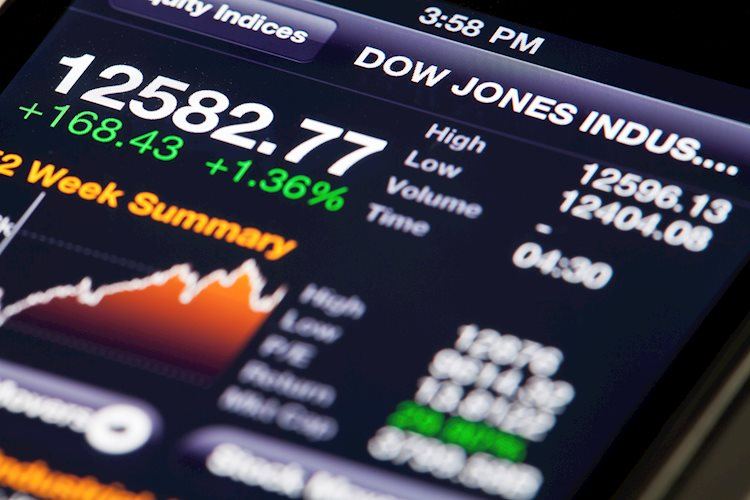The Dow Jones Industrial Average saw significant gains of almost 300 points or 0.71% on Friday, driven by weaker-than-expected economic data that fueled speculation of further rate cuts by the Federal Reserve. Following previous losses, Wall Street rebounded sharply and continued its upward trajectory ahead of the weekend. The US Bureau of Labor Statistics reported that hurricanes and union strikes had distorted Nonfarm Payrolls in October, resulting in the creation of only 12K jobs, below the estimated 113K. Despite this, the unemployment rate remained at 4.1%, leaving traders eager for upcoming data releases.
The Institute for Supply Management also reported a decline in manufacturing activity for the seventh consecutive month, reaching its lowest level since July 2023. The ISM Manufacturing PMI dropped from 47.2 to 46.5, missing forecasts of 47.6. Despite these disappointing figures, Wall Street posted solid gains, with the S&P 500 and Nasdaq both following the Dow Jones’ upward trend, gaining over 0.6% and 0.75% respectively.
Looking ahead, the US economic calendar will be packed with the US Presidential Elections on November 5 and the Federal Reserve’s monetary policy meeting on November 6-7, where investors will closely monitor Fed Chair Jerome Powell’s speech. The CME FedWatch Tool currently indicates a 95% chance of a 25 bps rate cut by the Fed, down slightly from 97% previously, which could potentially leave rates in the 4.50%-4.75% range.
In stock news, Amazon (AMZN) shone with a 6.5% increase in stock value, driven by strong retail sales that exceeded estimates. However, Apple (APPL) experienced a 1.5% decline due to weakened sales in China, while Chevron (CVX) surpassed expectations across profits, production, and sales. Boeing (BA) also saw a 3% increase in its stock price as shareholders breathed a sigh of relief amid the ongoing strike nearing its resolution.
Top performers in the Dow Jones Industrial Average were Intel (INTC) with a 6.92% increase, Amazon (AMZN) up by 6.02%, and Boeing (BA) rising by 2.99%. On the other hand, Apple shares (APPL) fell by 1.63%, followed by Verizon (VZ) losing 1.51%, and Dow Inc. (DOW) dropping by 1.03%. The Dow Jones Industrial Average has recently surpassed 42,000 levels, with potential challenges ahead at 42,122 and 42,460, before potentially reaching 42,500 and 43,000 with continued strength.
The DJIA, a key measure of stock market performance and sentiment, is weighted by the prices of its 30 constituent companies rather than their market capitalization. Founded by Charles Dow, who also founded the Wall Street Journal, the index has been criticized for its limited representation compared to broader indices like the S&P 500. Factors impacting the DJIA include the performance of the component companies, macroeconomic data, interest rates set by the Federal Reserve, and inflation, among others.
Dow Theory, developed by Charles Dow, is used to identify the primary trend of the stock market by comparing the movements of the DJIA with the Dow Jones Transportation Average (DJTA) and utilizing volume as a confirmatory criteria. The theory consists of three trend phases: accumulation, public participation, and distribution, with key insights into market trends. Investors have various options to trade the DJIA, including ETFs, futures contracts, options, and mutual funds, enabling exposure to the index through different investment vehicles.











